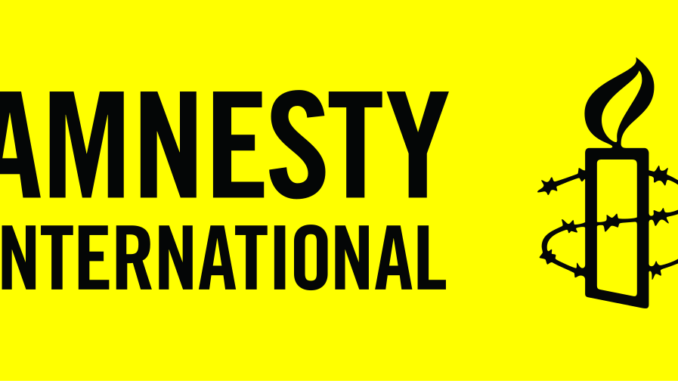
Nairobi, Kenya – Three months after mass anti-government protests in Kenya, Amnesty International was set to present a petition on Wednesday seeking the establishment of a commission to investigate the deaths of scores of people from “the use of unlawful police force”.
It comes after bereaved mothers of protesters gathered outside the Department of Justice on Tuesday to present a list of those killed in the protest movement that lasted between June and August.
“All we want from our government is justice,” said Caroline Mutisya, 49, who lost her son Erikson Kyalo.
“We want all police officers who killed people to be arrested,” she said.
Rights groups say more than 60 people were killed during weeks of protests, initially sparked by a finance bill proposing increased taxes, with more disappearing in the weeks following the rallies.
The peaceful youth-led rallies against the controversial proposed tax hikes ballooned into wider action against president William Ruto and what many see as profligate government spending and corruption.
Amnesty’s petition marks three months since the most dramatic day when protesters stormed the parliament building in Nairobi on June 25.
Based on footage and interviews with eyewitnesses, lawyers and medical professionals, Amnesty said police unlawfully used lethal weapons against peaceful protesters, killing at least six people that day.
“The right to protest in Kenya is protected under the constitution. It is unacceptable that, rather than facilitating and protecting protesters, police resorted to using deadly force,” said Irungu Houghton, head of Amnesty International Kenya.
Police fired tear gas grenades “directly at protesters, sometimes at head-level,” said Amnesty, adding that tear gas had been fired into at least two medical tents.
“Isolated acts of violence do not justify the use of tear gas, since it has a wide area effect. Under no circumstances should it be fired directly at individuals,” said Faith Odhiambo, president of the Law Society of Kenya, in the Amnesty report.
Amnesty said it identified specific rifles, submachine guns and shotguns used by police, adding that many of them were not in uniform and in unmarked vehicles.
At one point, the footage shows men in civilian dress firing dozens of times on protesters, most with their hands up, the group said.
The Law Society of Kenya says dozens of protesters were also illegally detained during and after the protests, with many still unaccounted for.
Amnesty’s report contains testimony from a protester who lost consciousness in the parliament building and woke up in a dark room guarded by two men.
He was interrogated about how the protests were funded before being driven blindfolded and dumped on a Nairobi roadside.
“What we want to see now is action,” said Hussein Khalid of rights group VOCAL Africa at Tuesday’s protest.
“Kenyans cannot be dying left right and centre, killed by the same bullets that they pay for as taxpayers.”


Be the first to comment